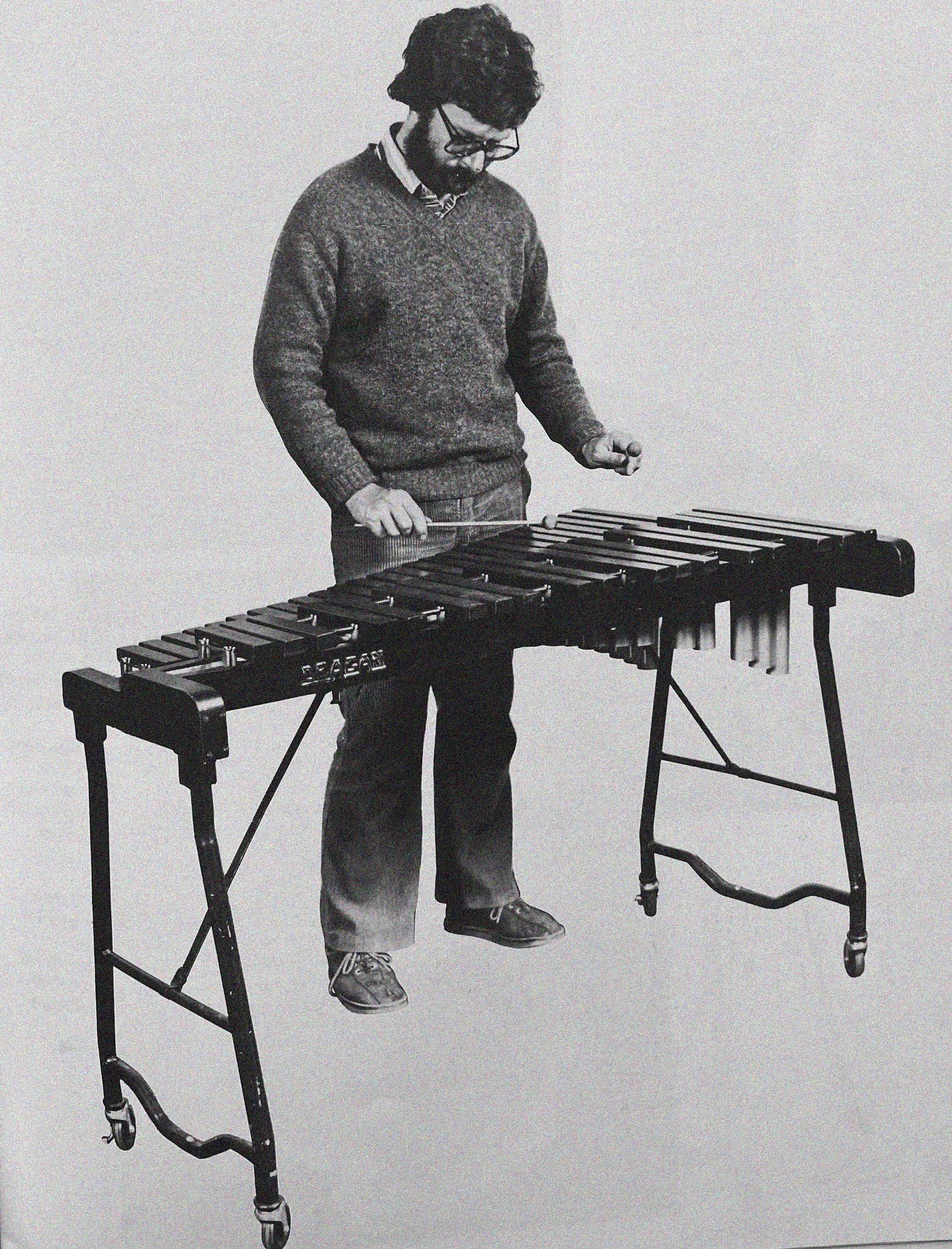The Invasion of Normandy
Source: http://www.history.navy.mil
The Invasion of Normandy
Operation OVERLORD, the invasion of Normandy, is considered the decisive battle of the war in Western Europe. Before this battle the German Army still firmly occupied France and the Low Countries, the Nazi government still had access to the raw materials and industrial capacity of Western Europe, and local resistance to Nazi rule was disorganized and not very effective. After the successful invasion of France and the expansion of the initial beachheads, the Allied armies moved over to the offensive. OVERLORD proved a psychological and physical blow to German military fortunes from which they would never recover.
Background to the Invasion of Normandy
Although planning for the operation began in the summer of 1942, the powerful offensive capability of German ground forces in Western Europe, the need to contain the U-boat threat to the Atlantic convoy routes, the strategic decision to divert troops and amphibious craft to the Mediterranean, and the ensuing difficulties of building up offensive forces in Britain, all combined to prevent an invasion of France in the following year. By late 1943, however, detailed planning for the invasion had taken place and significant forces and material had been gathered in Britain.
The naval component of the operation, code named Operation NEPTUNE, comprised large numbers of warships, auxiliaries and landing craft. In all, Britain, Canada, and the United States, as well as the navies-in-exile of France, the Netherlands, Norway, Poland and Greece, supplied 1,213 warships for the invasion. Their main task was to provide shore bombardment firepower for the troops going ashore, to guard the transports, and to conduct minesweeping and antisubmarine patrols on the flanks of the invasion corridor. The same navies also provided 4,126 amphibious craft, including a variety specialized landing craft, such as LSTs (Landing Ship, Tank), LCIs (Landing Craft, Infantry), and LCTs (Landing Craft, Tank [Rocket]). More than 3,500 of these landing craft were actually used during the Normandy Invasion. These amphibious craft would provide the crucial troop-carrying capacity to land the thousands of men, vehicles, and artillery along the 50-mile wide target area in the Bay of the Seine.
The initial assault from landing ships and craft was on a five-division front between the Orne River and the Cotentin Peninsula. The region was divided into five landing beaches, code named (from west to east) Utah, Omaha, Gold, Juno and Sword. The first two beaches were assigned to the largely American-manned Western Task Force and the other three were the responsibility of the British-dominated Eastern Task Force. Although the Allies faced impressive German defenses, which were heavily fortified with concrete, wire, and other outworks, they knew from experience that an initial lodgment was impossible to prevent. The overall battle itself, however, would be decided by the ability of the Allies to reinforce their initially-weak beachhead by sea as compared to the easier movement of German reinforcements by land. The Allies believed they would have the advantage in such a race since they enjoyed superior concentration of force on the beaches--provided by the guns of the mobile warships--and virtually dominated the air over northern France.
The Battle
On 5 June 1944, the thousands of ships and craft taking part in Operation NEPTUNE put to sea and began gathering in assembly areas southeast of the Isle of Wight. From there, many passed through the channels swept through the German defensive minefields and moved into their respective waiting areas before dawn on 6 June. Hundreds of antisubmarine escorts and patrol planes protected the flanks of these assault convoys. Between 0530 and 0550, the Allied gunfire support task groups began bombarding prearranged targets along the beaches.
In the American sector, the landing at Utah beach began at 0630 and--despite occurring slightly south of the target area--proceeded according to plan as the U.S. 4th division advanced rapidly toward its initial objectives. At Omaha beach, where the landings began at 0635, underwater obstacles bottled up many of the amphibious craft and the congestion provided easy targets for German gunners. The landing bogged down and it took a combination of short-range destroyer gunnery support, aerial bombardment and desperate infantry assaults to break the German defenses. It was not until noon that the U.S. 1st and 29th divisions crossed the beach line in force.
The British sector proceeded more smoothly. Despite rougher seas and higher-than-expected tides, which hindered the clearance of beach obstacles, excellent naval gunfire support kept German defensive fire suppressed at Sword and Juno beaches. The landings there, which began at 0730 and 0735 respectively, proceeded apace and the British 3d and Canadian 3d divisions moved inland by early afternoon. At Gold beach, where the 50th division landed at 0725, the beach obstacles were more numerous than expected and many landing craft were lost. This hindered the buildup of forces ashore and it wasn't until nightfall that the beach was secured.
Aftermath and Significance of the Battle
After overrunning the German beach defenses, the Allies rapidly expanded the individual beachheads, and the workhorse amphibious craft quickly reinforced the lodgment with new troops, munitions and supplies. Superior Allied naval and shore-based artillery then helped defeat the initial German counter-attacks at the same time that Allied dominance of the air hindered the transportation of German reinforcements to the region. By 25 July, the Allies were strong enough to launch Operation COBRA and begin the liberation of France.
In a larger strategic sense, the successful Allied landing in France was a psychological blow to the German occupation of Europe. It called into question the German Army's ability to control western Europe, dramatically increased partisan activity against enemy occupation, and heartened the spirits of all those fighting against Nazi tyranny. The balance of power on the continent, already weakened by Soviet offensives into Poland, was decisively tipped into Allied favor. From that point on, the Allies would begin the drive into Germany that ultimately destroyed the Nazi regime on 7 May 1945.



